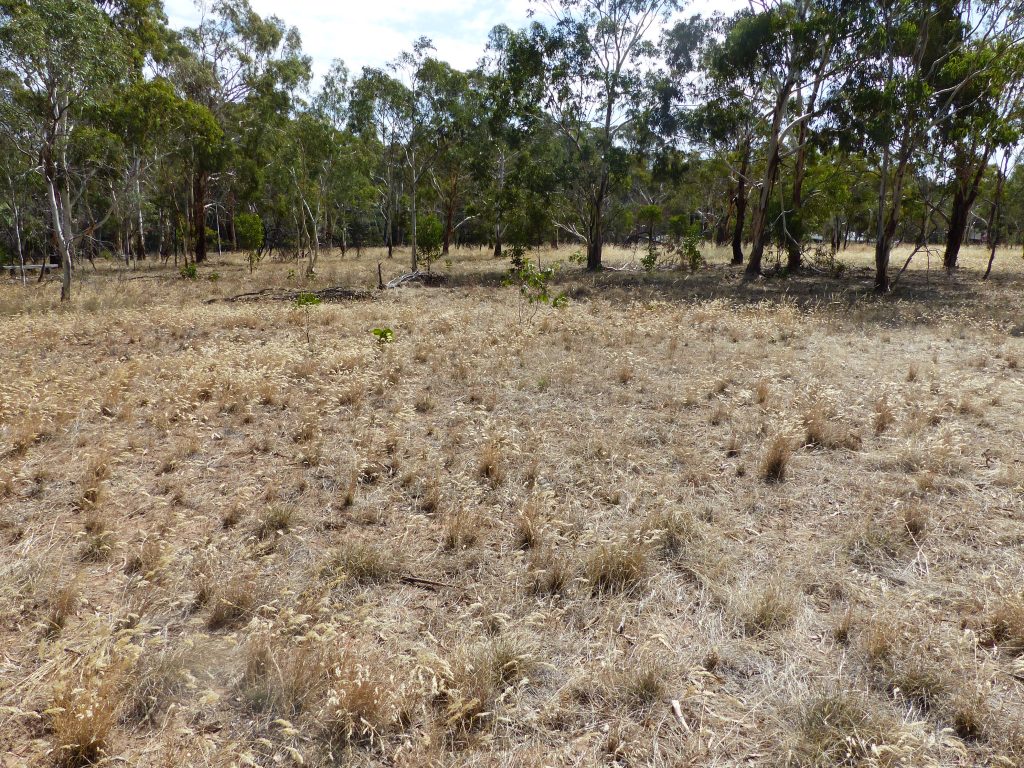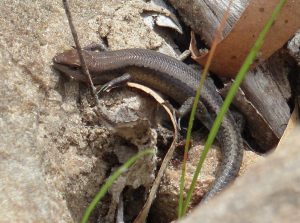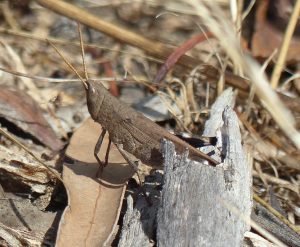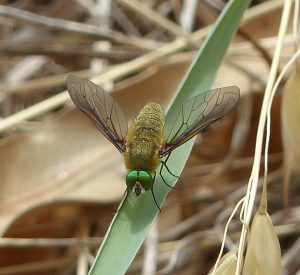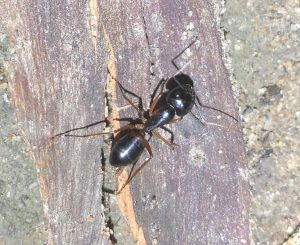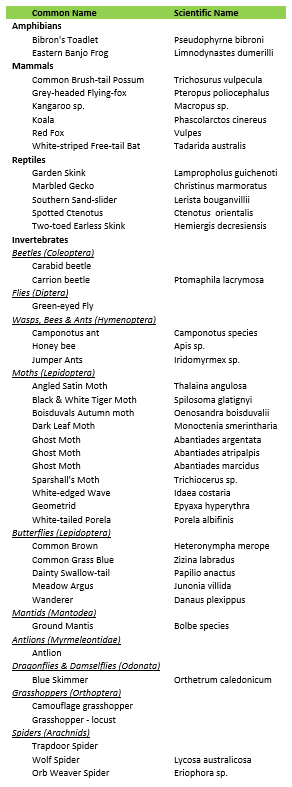Highlights from a fauna survey of Pulyonna Wirra (Wadmore Park), Adelaide
Campbelltown Landcare Group have invited NGT to undertake a fauna survey of Pulyonna Wirra (Wadmore Park) this year. The project aims to collate records on mammals, reptiles, amphibians and invertebrates in Wadmore Park, through various sampling and survey techniques. All vegetation types will be surveyed and the locations, threats and habitats of rare animal species will be documented.
Wadmore Park is one of the largest, most intact remaining examples of native vegetation in the Adelaide urban area. The Park is well connected with larger parcels of remnant native vegetation including the adjacent Black Hill Conservation Park. Wadmore Park contains nationally and state listed plant species; however, no fauna surveys have ever been performed in the 30-year history of the Campbelltown Landcare Group’s involvement in the park (Marc O’Conaill, pers. comm. 2020). So when the call came through in 2019 to ask if NGT could assist we were quite excited, as the project would nicely follow on from surveys of the nearby Adelaide Parklands in 2017-19, focussing on invertebrates and birds.
I travelled up for a reconnaissance trip (in late February) to eye-ball the reserve and commence collecting insect and reptile data with regular volunteer Andy. Our aim was to meet and greet members of the group and undertake diurnal searches while the weather was suitable (warm and sunny). Marc O’Conaill met with us and provided a grand tour of the site highlighting important features and sensitive flora sites, and to talk over the plans ahead.
One important task was to install roofing tile grids for eventual use later in the year. Roofing tile grids are a great way to survey for reptiles as the tiles offer both shelter and heat (which gives our cold-blooded friends a means of warming up). They can also be a brilliant spot to find spiders, insects and other arthropods even small mammals and frogs are sometimes found beneath roofing tiles. So we’ll wait until spring to see what we find beneath them. Roofing tiles were laid out at various sites in the reserve (by members of the Campbelltown Landcare Group), with the aim of being careful to stay clear of sensitive flora sites. This effort was coordinated by Marc O’Conaill, so we thank Marc (and helpers) very much for arranging this component in our absence.
During the February trip, Andy and I came across five reptile species including Marbled Gecko, Eastern Sand Slider, Spotted Ctenotus, Garden Skink and Three-toed Earless Skink, so a pretty good result so far.
A small selection of invertebrates were seen including butterflies, moths, flies, spiders, antlions, grasshoppers and ants.
In late April a small gathering of six people made it out to the Park for an ultra-violet (UV) light trapping survey for Ghost/Rain Moths (and other insects). The weather was kind to us on the first night with warm conditions bringing in a range of moths to the light sheets. Then on the second night (Anzac Day) the rain came… and so did the Rain Moths. Please spend a few minutes watching the video below showcasing what we saw that very wet night!!
Frogs seen and heard to date have included Eastern Banjo frog and Southern Toadlet. The call of the Southern Toadlet can be heard here:
Micro-pitfall traps were set up in April and retrieved in May (by Andy) which are now being analysed by experts in spiders and ants. We look forward to the results and also setting up again in spring.
The fauna list to date:
We welcome the community around Wadmore Park to get active and photograph any animals (great and small) you see while enjoying the Park and we’ll see you again in a few months.
NGT looks forward to engaging with members of the Landcare group in the not too distant future to showcase different methods of fauna survey, especially this coming spring. Thank you to Marc and Gráinne from the Campbelltown Landcare Group. And a huge thankyou to Mike Moore, Ethan Beaver and Andy Lines for their expertise in moths during the light trapping nights.

